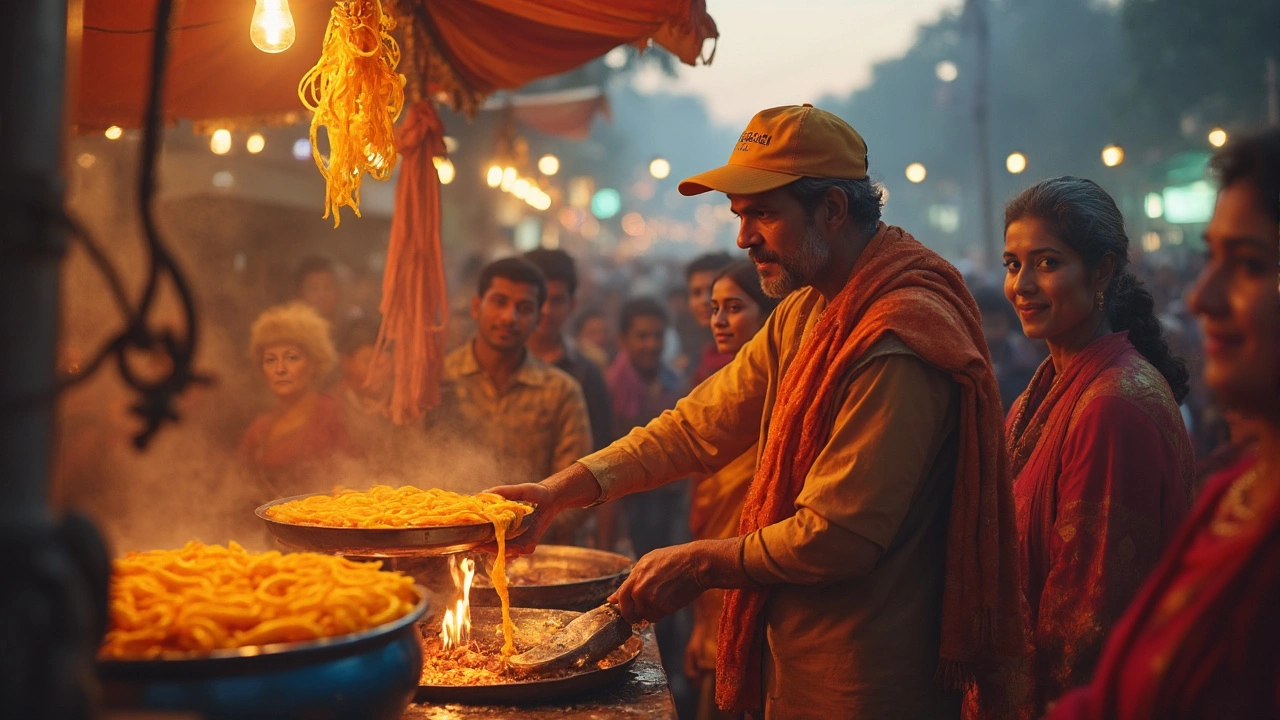National Sweet of India
When talking about National Sweet of India, the iconic dessert that represents the country's sweet heritage. Also known as India's signature sweet, it reflects centuries of culinary tradition and regional pride.
The concept national sweet of India isn’t limited to a single recipe; it embraces a spectrum of regional sweets such as rasgulla, jalebi, and gulab jamun. These regional sweets, distinct treats that vary by state and local customs share common threads—milk base, sugar syrup, and a touch of spice. Together they illustrate how a national symbol can be a family of flavors rather than a lone dish.
Key sweet ingredients, sugar, jaggery, ghee, and dairy products that form the backbone of most Indian desserts give the national sweet its signature richness. Sugar caramelizes during frying, ghee adds a buttery depth, and milk solids create that melt‑in‑the‑mouth texture. Understanding these components helps you see why the sweet feels both familiar and luxurious across the subcontinent.
Festivals act as a powerful driver for the sweet’s popularity. During Diwali, Holi, and Raksha Bandhan, families line up to share these desserts as symbols of prosperity and love. The role of festivals, cultural celebrations that often feature sweets as offerings and gifts is more than decorative—it reinforces social bonds and passes culinary knowledge from generation to generation.
Preparation techniques blend art and science. The syrup must reach the right temperature before the batter is dropped, and the frying oil must stay steady to achieve a crisp outer layer while keeping the interior soft. Mastering the balance between heat and timing is what turns a basic dough into a nationally celebrated confection.
From a nutrition standpoint, the sweet offers quick energy thanks to its sugar content, while the dairy provides protein and calcium. Moderation is key, but a small serving can satisfy cravings without compromising a balanced diet. Knowing the nutritional profile helps home cooks enjoy the treat responsibly.
Today you’ll find the national sweet in street stalls, upscale bakeries, and ready‑to‑eat packs at supermarkets. Each vendor adds a personal twist—some use flavored syrups, others experiment with nuts or saffron. This commercial reach has turned the dessert into a familiar sight in urban and rural markets alike.
Modern chefs are reimagining the classic by infusing it with chocolate, fruit purées, or even savory notes like rose pepper. These innovative takes show that the national sweet of India can evolve while staying rooted in its original spirit. Below you’ll discover articles that dive deeper into history, technique, health, and creative adaptations, giving you plenty of ideas to explore and enjoy this beloved dessert.

India's National Sweet: Delight of All Senses
India's diverse palate includes a rich array of sweets, yet the title of the national sweet goes to jalebi. Spiraling swirls of sugary goodness, jalebi is cherished at every festive occasion as well as in mundane moments. This article explores why jalebi holds this esteemed spot, its rich history, and how you can make it at home. Dive into the delightful world of Indian confections to understand the irresistible charm of jalebi.